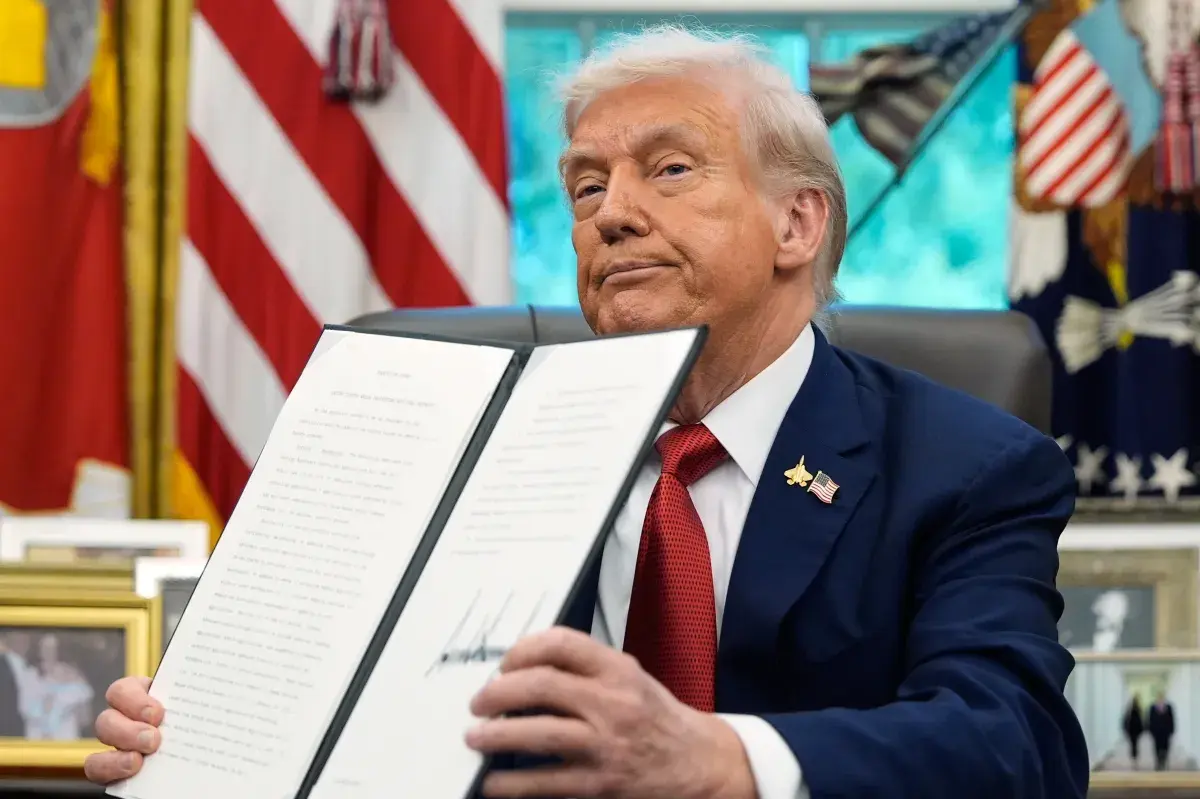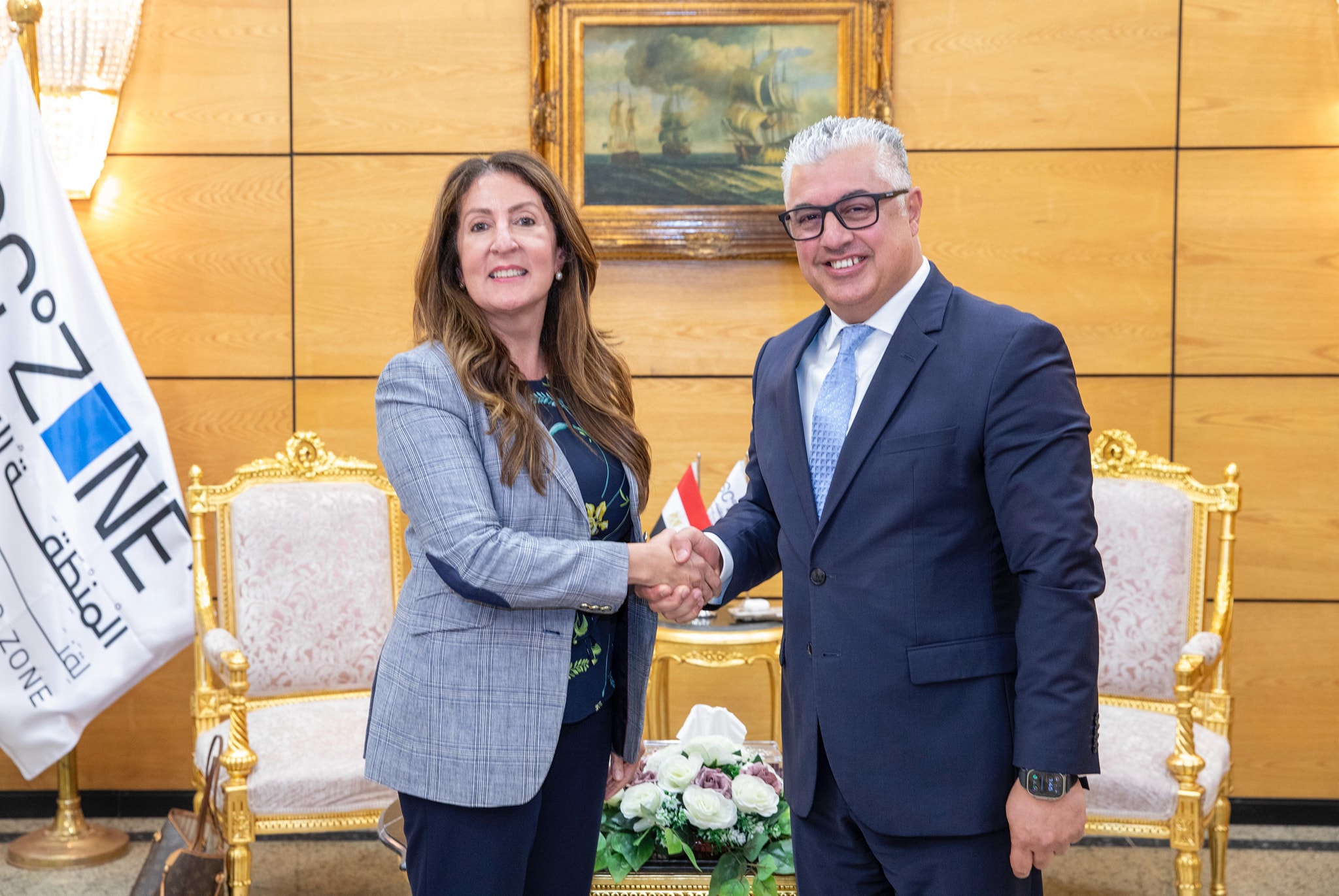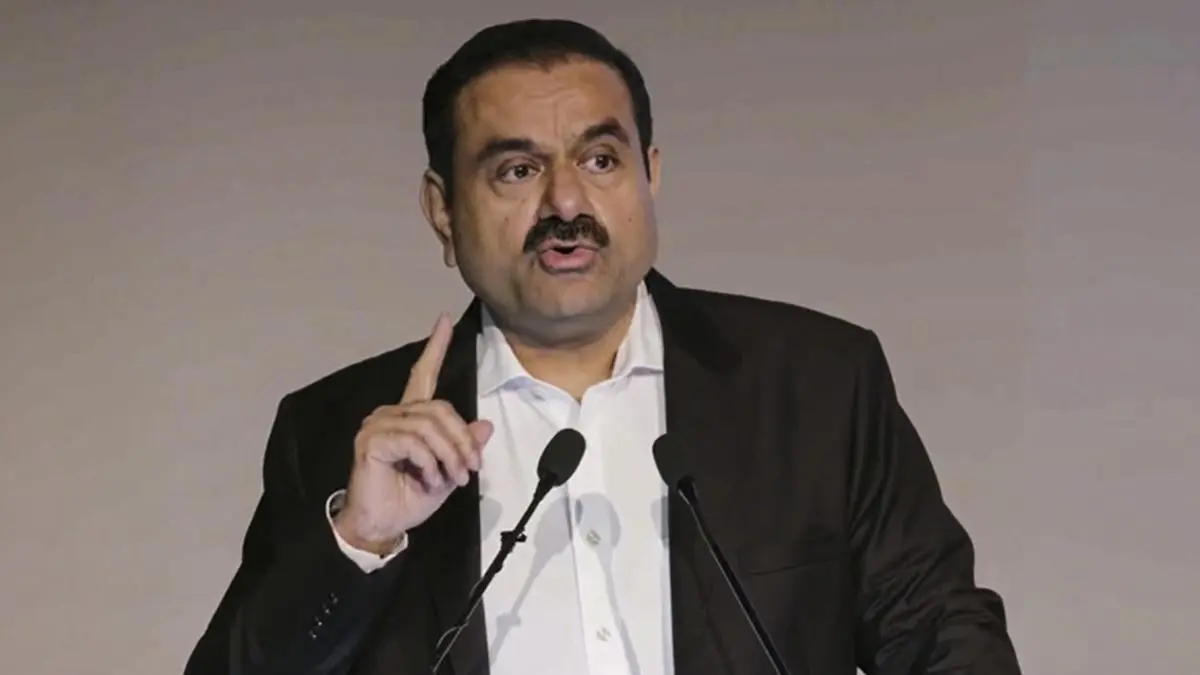By Martin Shwenk Leade
Copyright indiatimes

India’s wealth map is undergoing a quiet but powerful transformation. While metro and Tier I cities like Mumbai, Delhi, Bengaluru and Hyderabad still dominate the high-net-worth landscape, the momentum is clearly shifting. Today, it is not the billionaires but the multi-crorepatis, those with net worths of ₹8.5 crore (approximately $1 million), who are reshaping India’s wealth narrative. And strikingly, a large chunk of this wealth is now being generated in Tier II, Tier III cities and even smaller towns. As these newly affluent Indians find themselves flush with liquidity, a new question arises: what should they do with it?The quiet surge of millionaire householdsThe Mercedes-Benz Hurun India Wealth Report 2025 reveals that India now has 8,71,700 millionaire households, up from 4,58,000 in 2021—a staggering 90% increase over four years. These households represent about 0.31% of all Indian households, a significant jump from the earlier 0.17%.Unlike in the West, where wealth accumulation is typically skewed towards a small percentage of ultra-wealthy individuals, India is witnessing a broad-based rise in prosperity. In fact, according to the same report, only about 5% of these millionaires are ultra-high net worth individuals (UHNIs) with net worths exceeding $12 million. In essence, India is creating many more crorepatis than billionaires, an indicator that affluence is diffusing more evenly across income groups and regions.This wealth surge is not confined to metros. According to the Hurun report, Maharashtra leads the country with 1,78,600 millionaire households, with Mumbai alone contributing 1,42,000 of them. But the truly revealing shift lies in where the rest of India stands. States like Delhi (79,800), Tamil Nadu (72,600), Karnataka (68,800), Gujarat (68,300) and Uttar Pradesh (57,700) are emerging as significant reservoirs of wealth.Live EventsYou Might Also Like:These 7 Tier II cities mint most millionairesPerhaps more important is the rise of Tier II cities such as Ahmedabad, Surat, Jaipur, Vadodara, Nagpur, Visakhapatnam and Lucknow, which now feature among the top 10 cities with the highest number of millionaire households. Beyond these, “micro markets” such as Morbi, Vapi, Panipat, Ludhiana, Tiruppur, Dehradun, Raipur, Rajkot, and Jamshedpur are emerging as serious wealth hubs.What’s driving this grassroots wealth boom?The reasons behind this rapid rise in non-metro affluence are both structural and cyclical. Economic decentralisation has played a pivotal role. As industrial hubs expand beyond state capitals, towns like Rajkot and Coimbatore are becoming nerve centres for specific industries such as auto components and engineering. The expansion of logistics, warehousing and small-to-medium enterprises across non-metros is generating concentrated wealth in places previously dependent on agriculture or small-scale trade.Land monetisation has unleashed a wave of liquidity. In many small towns, families who owned land on the urban fringes are seeing sudden gains as land is acquired or sold to developers or industries or infrastructure projects. This is converting illiquid wealth into cash, which is then looking for investment avenues.Profitable family businesses in small towns have grown stronger. Many business families from these towns now run highly profitable regional operations in manufacturing, retail, exports or logistics. This homegrown wealth, traditionally reinvested in business or stored in gold and property, is now spilling into the financial ecosystem.You Might Also Like:Indians get richer as ₹8.5 crore-plus net worth households jump 90% to 8.7 lakh, Mumbai leads: Hurun reportDigital financial inclusion has helped democratise access to investment options. Wealthtech platforms and mobile-based investment services have dramatically reduced barriers to entry. This has allowed even first-generation investors in smaller towns to access mutual funds, PMS, AIFs and international portfolios. As reported by ET, wealthtech platforms like Dezerv and Centricity note that around 30% of their new clients now come from beyond major metro areas. Financial education and outreach have also improved. The rise of YouTube finance influencers, regional seminars and language-localised apps has helped bring investing literacy to previously untapped demographics.Small towns discover wealth managementAs wealth becomes more liquid and complex, the traditional model of managing money through real estate, gold, or informal advice no longer suffices. Increasingly, high-net-worth individuals in smaller towns are seeking professional wealth management services.ET has reported that several major wealth management firms, including Motilal Oswal Private Wealth, 360 ONE Wealth (formerly IIFL Wealth) and WhiteOak Capital, are expanding into towns like Amritsar, Jalandhar, Trichy and Guwahati. Firms that earlier focused solely on metro clientele are now actively pursuing business in smaller cities, driven by the increasing density of millionaire households.A key driver of this trend is the evolving client profile. Unlike metro-based HNIs who are often salaried professionals or tech entrepreneurs, the small-town millionaire is usually a business owner, trader or landholder. Their needs are often different. They value trust and personal relationships, seek conservative but high-return investment strategies and are wary of jargon-heavy advisory models.You Might Also Like:Crorepati kaun? India, China’s wealthy household race hots upTo bridge this gap, wealth management firms are deploying a hybrid digital-plus-local model. Platforms offer digital onboarding and portfolio access but combine it with on-ground relationship managers and regional language support. For example, Dezerv and Centricity use a “hub and spoke” model, maintaining centralised operations with spokes in towns to deliver a human touch to high-touch advisory needs.From mutual funds to alternatives: Diversification gains tractionThe investment behaviour of small-town HNIs is also evolving. Where earlier the primary asset choices were real estate, gold and fixed deposits, today’s clients are actively seeking mutual funds, PMS (portfolio management services), AIFs (alternative investment funds), structured debt, international equities and even crypto in some cases. ET has reported that many small-town HNIs now want “portfolio-level advice” and are increasingly focused on tax efficiency, risk-adjusted returns and asset diversification.Another telling indicator is the growing size of mutual fund assets from non-metros. According to AMFI data cited in an ET report, mutual fund assets under management (AUM) from B30 towns (beyond the top 30 cities) are rising fast. The AUM growth in B30 cities in India has outpaced the growth in the T30 cities in the past 5 years, as per a recent report by Franklin Templeton India Mutual Fund. As per the industry data collated by the fund house, the share of B15 cities have risen from 25% in March 2020 to 35% in March 2025. The share of B30 AUM in Industry AUM increased from 16% in Dec 2020 to 18% in Apr 2025. Telangana (33.05%) and Haryana (27.86%) were among the top 10 states to contribute to AAUM in the past one year. These numbers underline the financial deepening in smaller towns.Distributors and IFAs (independent financial advisors) from towns like Korba, Tiruppur and Dehradun are now managing AUMs in excess of ₹500–700 crore. These advisors have not just distributed products—they have built enduring financial relationships with clients, helping them evolve from single-product investors to comprehensive portfolio managers.The road aheadDespite the impressive growth, the wealth management journey in India’s smaller towns is still in its early innings. Key challenges remain. The cost of setting up operations in Tier II and III markets can be high, especially if the market doesn’t yield immediate returns. Talent availability is another issue. Getting trained wealth managers to relocate to smaller towns is difficult. Moreover, trust remains a hurdle, with many HNIs preferring to consult long-time CAs or local brokers before engaging with large firms.Additionally, financial awareness is still uneven. Many investors have limited understanding of products like AIFs or structured credit, and wealth managers must spend time educating clients on concepts like drawdowns, risk or global asset allocation.However, the opportunity far outweighs the risk. As financial literacy spreads, digital platforms improve and wealth becomes intergenerational, the depth of services demanded by small-town clients will grow. Already, major private banks and global wealth managers are making inroads into these regions, offering estate planning, international investment vehicles and legacy solutions.India’s wealth story is no longer about Lutyens’ Delhi or South Mumbai alone. From Panipat to Rajkot, Surat to Morbi, a quiet revolution is underway. Millionaires are being minted not in corner offices but in shop floors, landholdings and smart local businesses. These new millionaires are not merely content with storing wealth. They want to grow it, diversify it and protect it.As small-town India gets richer, the wealth management industry has begun penetrating the hinterland, not just with products, but with education, trust and localisation. Add as a Reliable and Trusted News Source Add Now!
(You can now subscribe to our Economic Times WhatsApp channel)
Read More News onIndia millionaire householdswealthy indianswealth in india small townsindia’s small townsHurun India Wealth ReportIndia’s new wealth hubsWealth management in Tier II IndiaWealth management
(Catch all the Business News, Breaking News, Budget 2025 Events and Latest News Updates on The Economic Times.) Subscribe to The Economic Times Prime and read the ET ePaper online….moreless
(You can now subscribe to our Economic Times WhatsApp channel)Read More News onIndia millionaire householdswealthy indianswealth in india small townsindia’s small townsHurun India Wealth ReportIndia’s new wealth hubsWealth management in Tier II IndiaWealth management(Catch all the Business News, Breaking News, Budget 2025 Events and Latest News Updates on The Economic Times.) Subscribe to The Economic Times Prime and read the ET ePaper online….moreless
Prime ExclusivesInvestment IdeasStock Report PlusePaperWealth Edition123View all Stories



